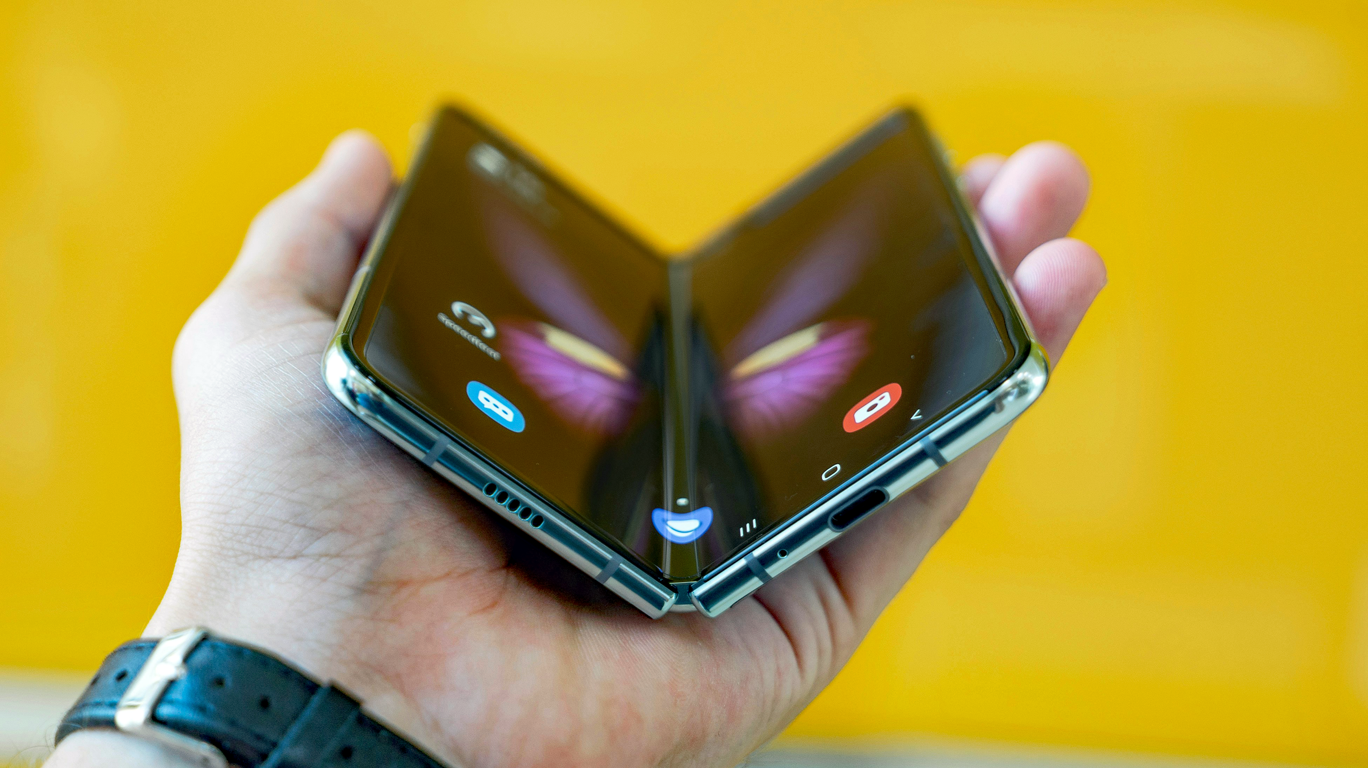Smartwatches: LTE or not LTE, That is the Question
 Smartwatches have evolved far beyond being mere accessories for tech enthusiasts. Today, they serve as powerful extensions of our smartphones, offering convenience, connectivity, and an array of features that enhance everyday life. Whether you’re a fitness fanatic, a busy professional, or someone who loves staying connected on the go, there’s a smartwatch to suit your needs. However, the decision often boils down to one crucial choice: LTE or non-LTE?
Smartwatches have evolved far beyond being mere accessories for tech enthusiasts. Today, they serve as powerful extensions of our smartphones, offering convenience, connectivity, and an array of features that enhance everyday life. Whether you’re a fitness fanatic, a busy professional, or someone who loves staying connected on the go, there’s a smartwatch to suit your needs. However, the decision often boils down to one crucial choice: LTE or non-LTE?
In this guide, we’ll take a deeper dive into the differences between LTE and non-LTE smartwatches, helping you make an informed decision that matches your lifestyle, budget, and tech preferences.
What’s the Difference Between LTE and Non-LTE Smartwatches?
Before delving into the specifics, let’s clarify what LTE and non-LTE mean in the context of smartwatches:
LTE Smartwatches: These devices come with built-in cellular connectivity. This means they can connect directly to mobile networks, allowing you to make calls, send messages, stream music, and access the internet independently of your smartphone. Essentially, they act as a mini phone on your wrist.
Non-LTE Smartwatches: These models rely on a Bluetooth connection to your smartphone. While they offer many of the same features as LTE smartwatches, they require your phone to be nearby to access calls, messages, and certain apps.
Both types of smartwatches typically offer robust health and fitness tracking, app notifications, and a host of smartwatch essentials. However, their differences can significantly impact your user experience.
Key Factors to Consider When Choosing Your Smartwatch
Connectivity and Independence
LTE Smartwatches: These models shine when it comes to staying connected on the go. They are perfect for situations where carrying your phone is inconvenient, such as during workouts, hikes, or quick errands. You can enjoy untethered freedom while still being reachable and having access to essential apps.
Non-LTE Smartwatches: If you tend to keep your phone close, a non-LTE model offers a simpler and often more cost-effective solution. These watches excel at delivering notifications, fitness tracking, and media control when your phone is within Bluetooth range.
Tip: If you’re someone who often forgets their phone at home or prefers a phone-free experience during exercise, an LTE watch is likely a better fit.
Features and Functionality
LTE Smartwatches: With an LTE model, you can make and receive calls, respond to messages using voice dictation, stream music, and even use internet-based apps without your smartphone. This independence is particularly useful if you need quick access to information or communication when your phone is not at hand.
Non-LTE Smartwatches: These offer similar functionalities but only when paired with a smartphone. While you can still enjoy notifications, fitness tracking, and most apps, features like calling and messaging require your phone to be nearby.
Good to Know: Both LTE and non-LTE models share the same app compatibility. Whether you need health metrics, calendar notifications, or music control, both types of smartwatches are equipped to handle daily tasks efficiently.
Battery Life
LTE Smartwatches: One downside of always-on cellular connectivity is that it can drain the battery more quickly. If you use the LTE features heavily, you may find yourself needing to charge your watch daily.
Non-LTE Smartwatches: These typically offer longer battery life due to their more energy-efficient Bluetooth connection. If battery longevity is a priority, non-LTE models are a solid choice.
Battery Tip: Many smartwatches include battery-saving modes. For LTE models, disabling cellular features when not needed can help extend battery life.
Cost Considerations
LTE Smartwatches: Expect to pay a premium not only for the device itself but also for an additional data plan with your mobile carrier. This ongoing cost can add up, so it’s worth considering whether the convenience of standalone connectivity justifies the expense.
Non-LTE Smartwatches: These are generally more affordable both upfront and over time, as they don’t require a separate data plan. They provide great value for those who don’t need phone-free connectivity.
Budgeting Advice: If you’re on a tight budget or simply prefer not to add another monthly expense, a non-LTE watch is a practical choice.

How to Choose the Right Smartwatch for Your Needs
When deciding between an LTE and a non-LTE smartwatch, consider the following questions:
Do you frequently leave your phone behind? If yes, LTE could be the way to go.
Are you budget-conscious? The non-LTE option offers savings both in purchase price and running costs.
What features are most important to you? If you value seamless connectivity and independence, LTE might be worth the investment.
How important is battery life to you? Non-LTE watches generally last longer on a single charge.
Conclusion: Which Smartwatch is Best for You?
If you prioritise constant connectivity and love the idea of leaving your phone at home without losing touch with the world, an LTE smartwatch offers fantastic flexibility and freedom. On the other hand, if you’re budget-conscious or prefer to use your phone as your primary device, a non-LTE smartwatch will provide all the essentials without the extra costs.
By assessing your lifestyle and weighing the pros and cons, you can make a confident decision and find the perfect smartwatch to enhance your everyday life. Whether you choose LTE or non-LTE, you’re investing in a device that brings convenience, functionality, and a bit of tech magic to your wrist.




